By Charles Whiting
By early autumn, he was taking 60 pills a day. They ranged from “speed” to the poison strychnine. He took pills to make him wake up; he took pills to make him sleep. Although to his entourage he seemed to have retained his old willpower and energy, it was really the tablets that kept him going.
By now, Hitler’s secretaries noticed that his knee shook all the time. Sometimes he had to control the shaking in his left knee with his right hand. What his adoring young female secretaries did not know was that his knee continued to tremble even when he was in bed. There, too, he was plagued by stomach cramps. What the secretaries did notice—they could not help but do so—was that the Führer passed gas all the time due to his vegetarian diet and weight-reducing tablets. His doctors—there were four of them—called it “meteorism” from the violence of his constant breaking of wind. The female secretaries called it something else.
The July 20, 1944 bomb attempt on his life had not helped his condition much. His eardrums had been injured, and he no longer heard well. He could not shave himself because his hands trembled so much. His sinus headaches were beginning to keep him awake all night. So, he begged his doctors to give him cocaine injections to keep the pain at bay, commenting, “I hope you are not making an addict out of me.”
In truth, they had done that long ago. He was now subject to hallucinations and giddy spells, snarling angrily at the medics until he lost his voice. Then, every one of the toadies at his court started talking in whispers as he was now forced to do.
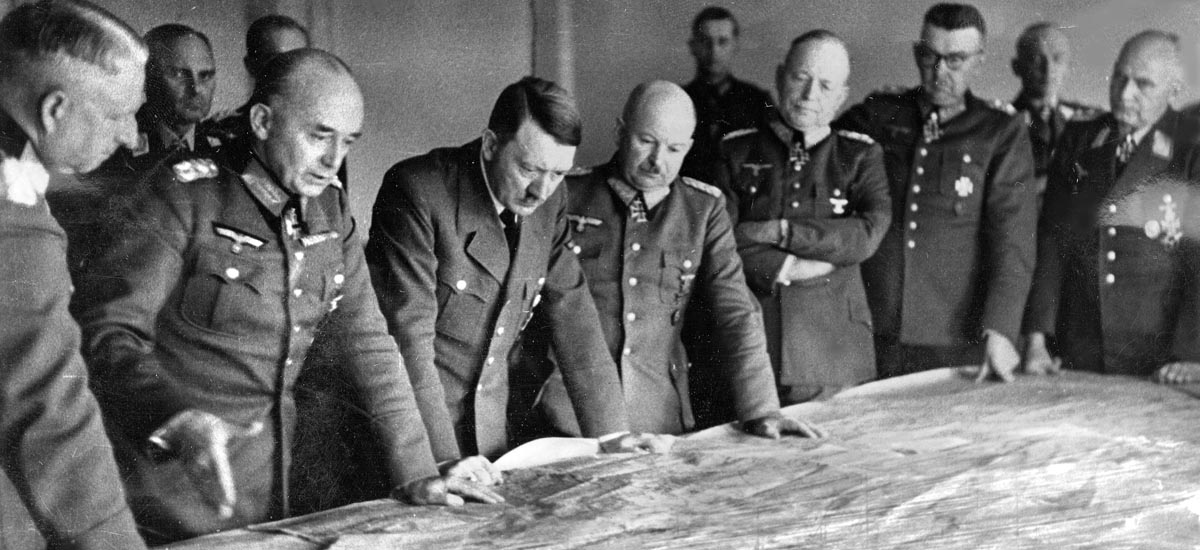
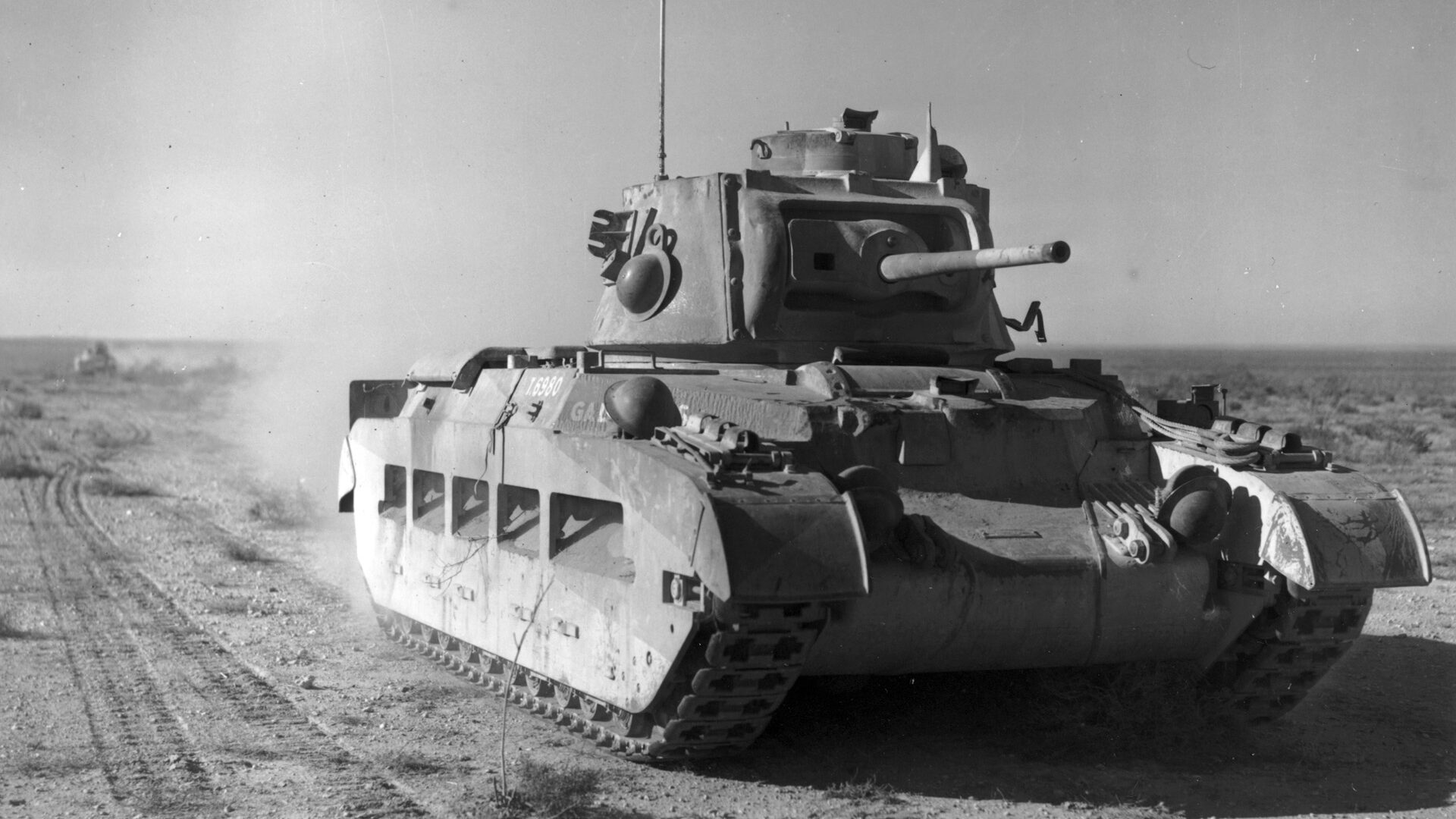
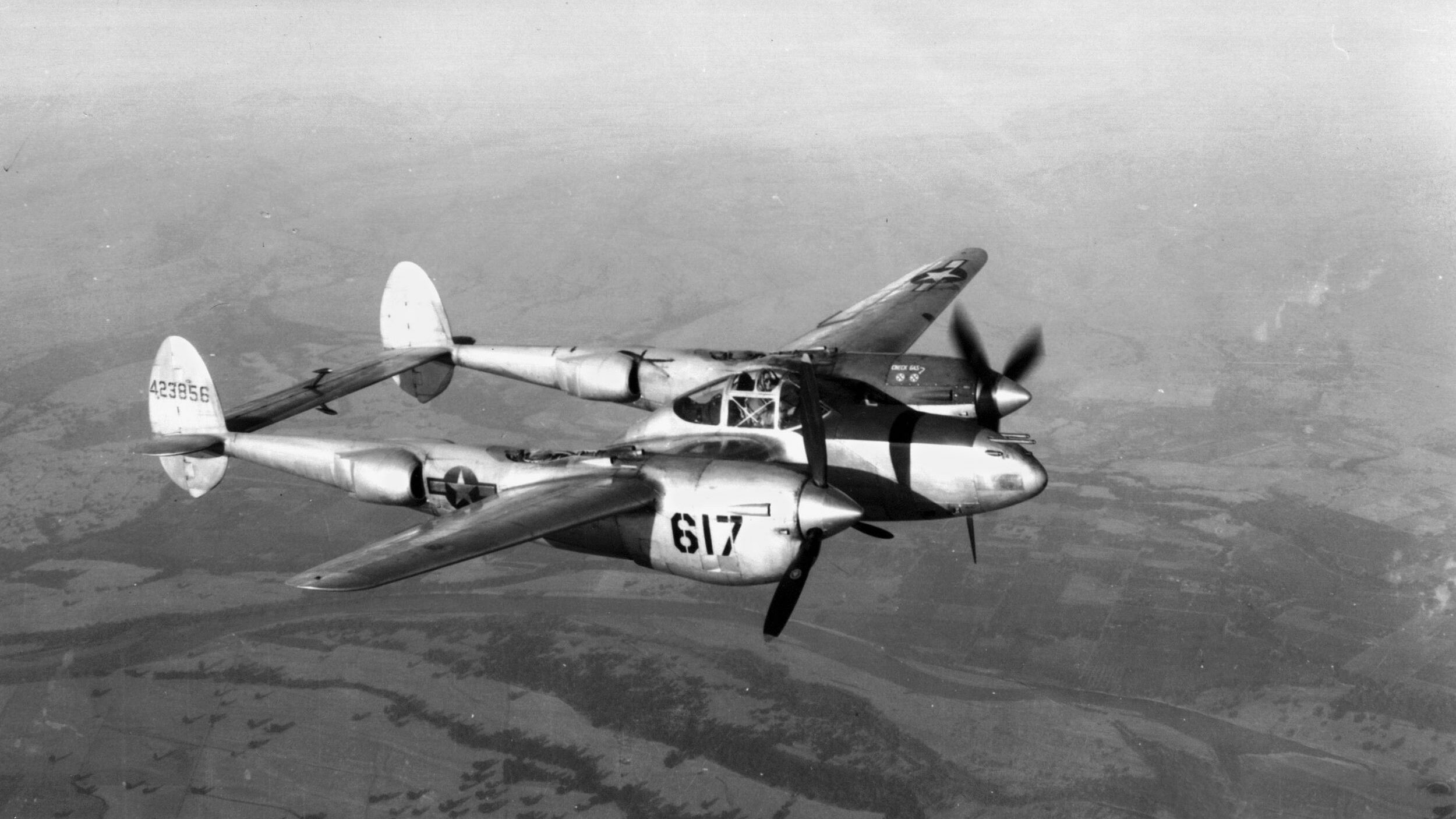
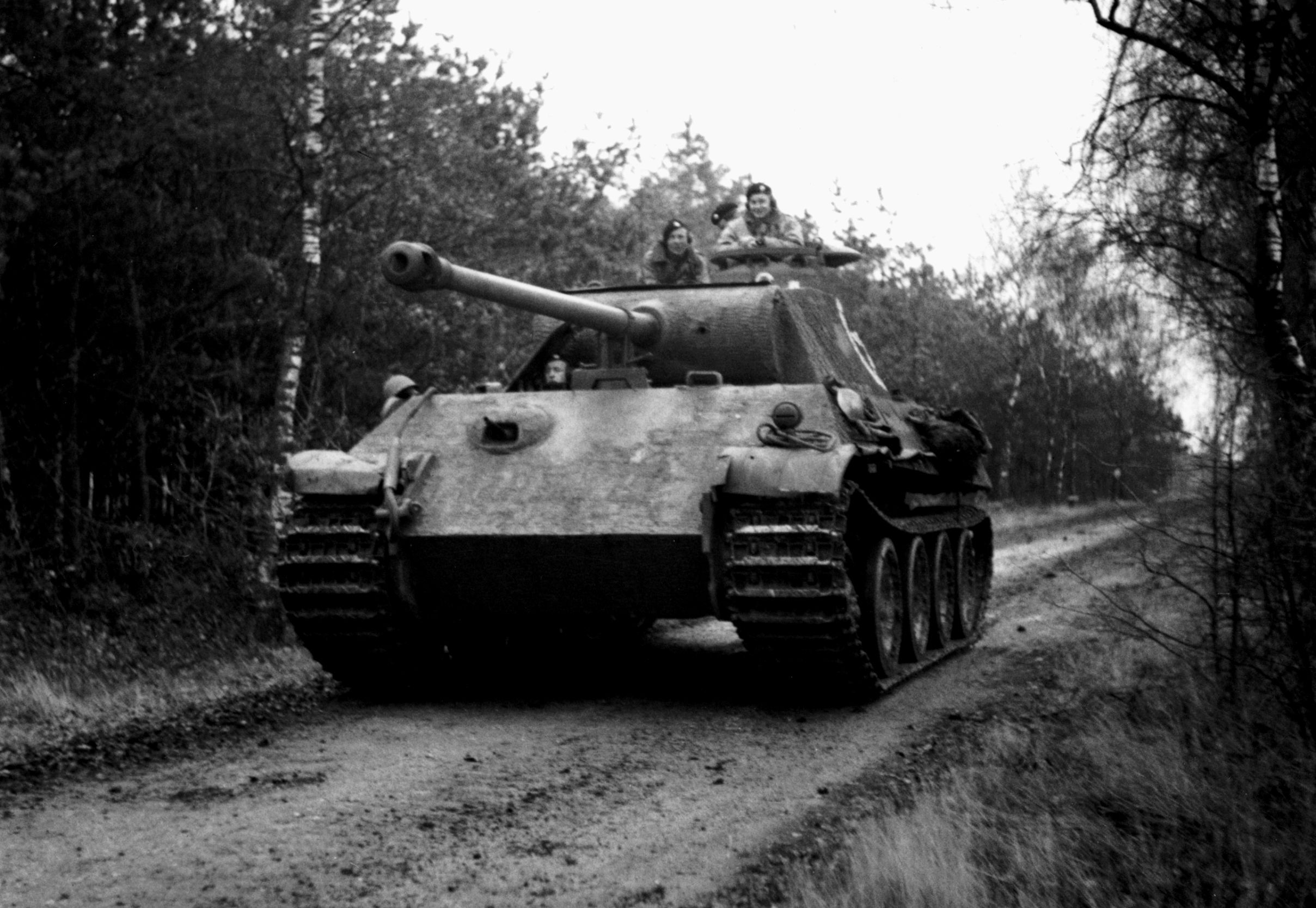

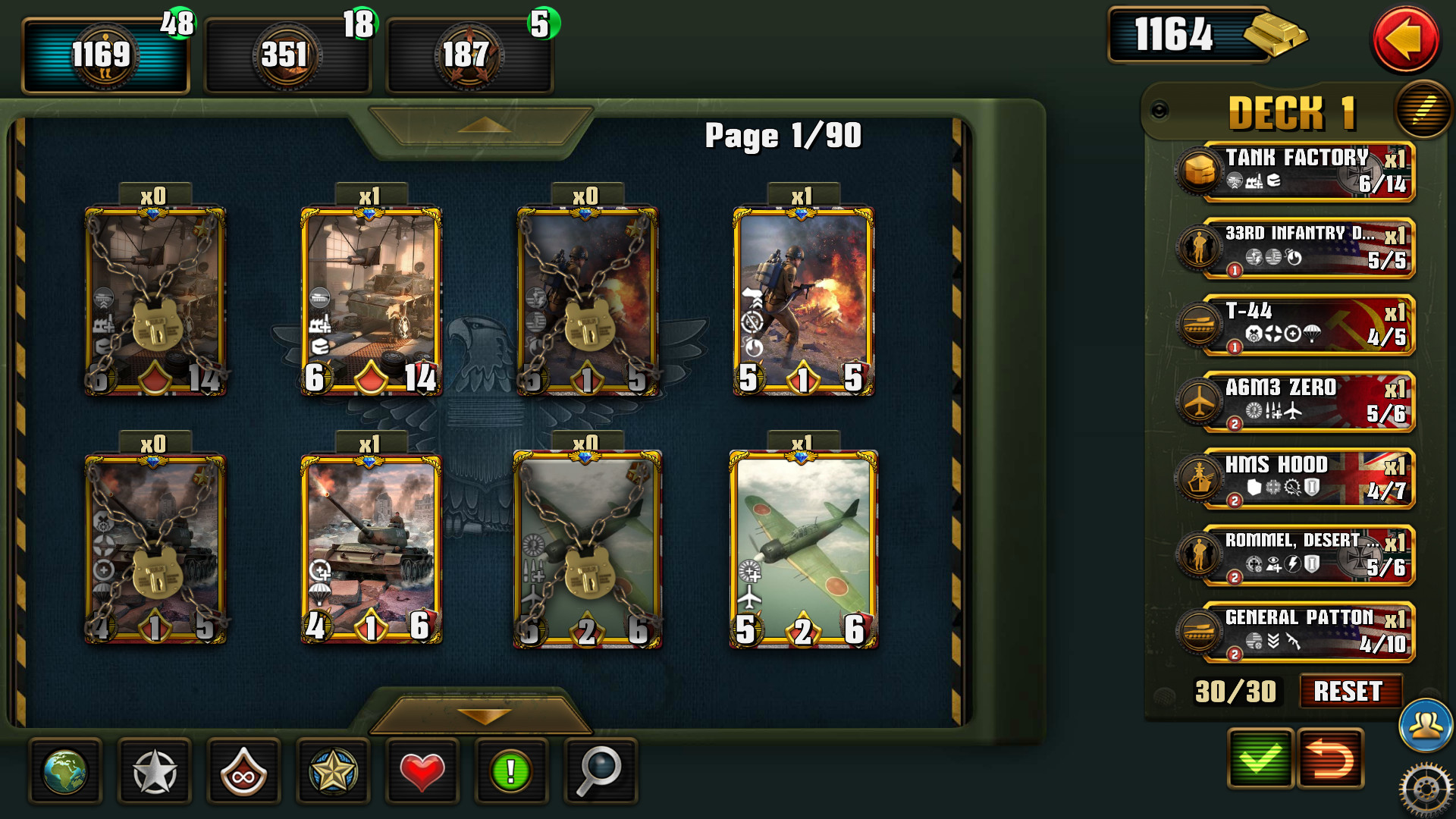
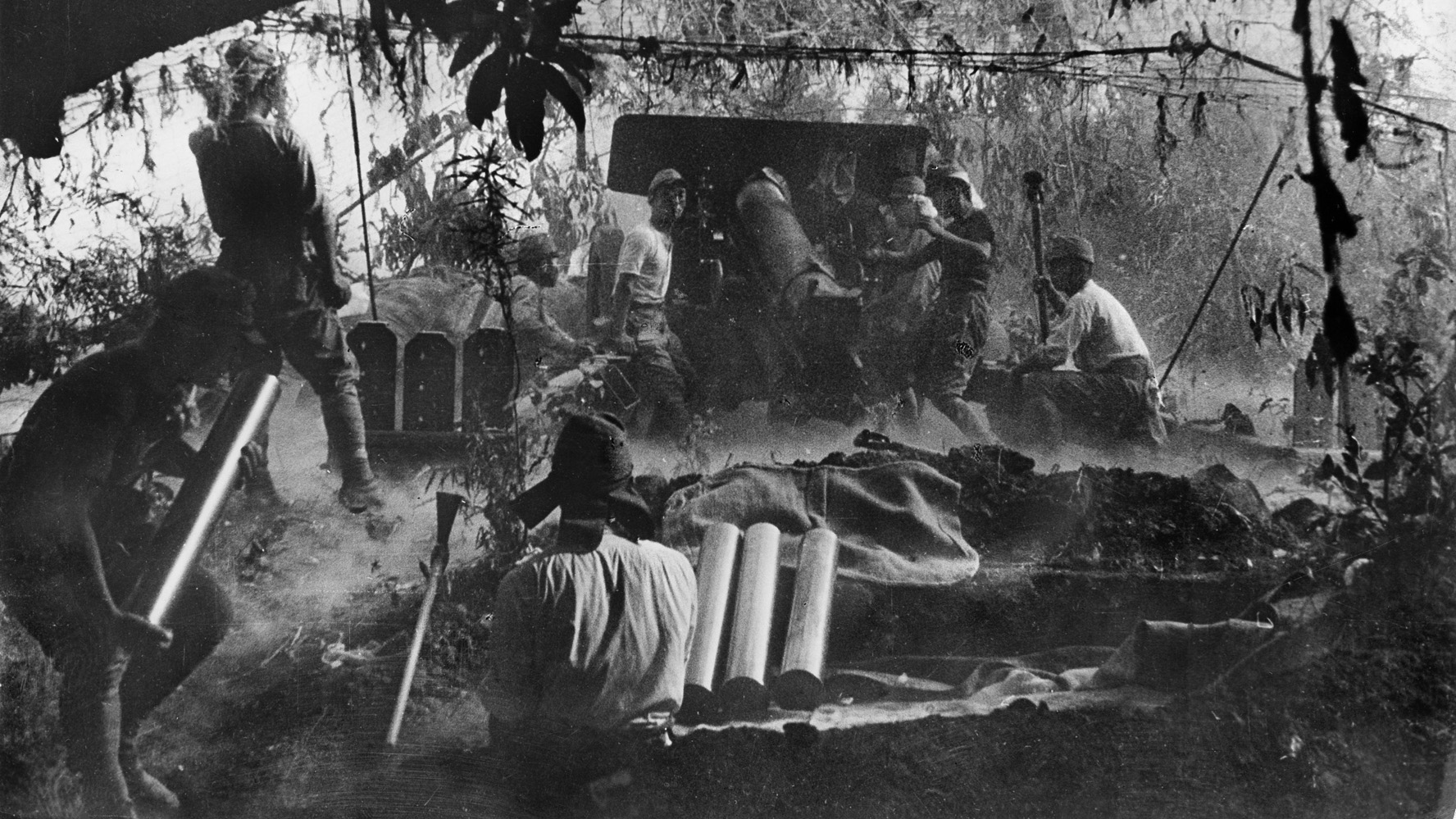
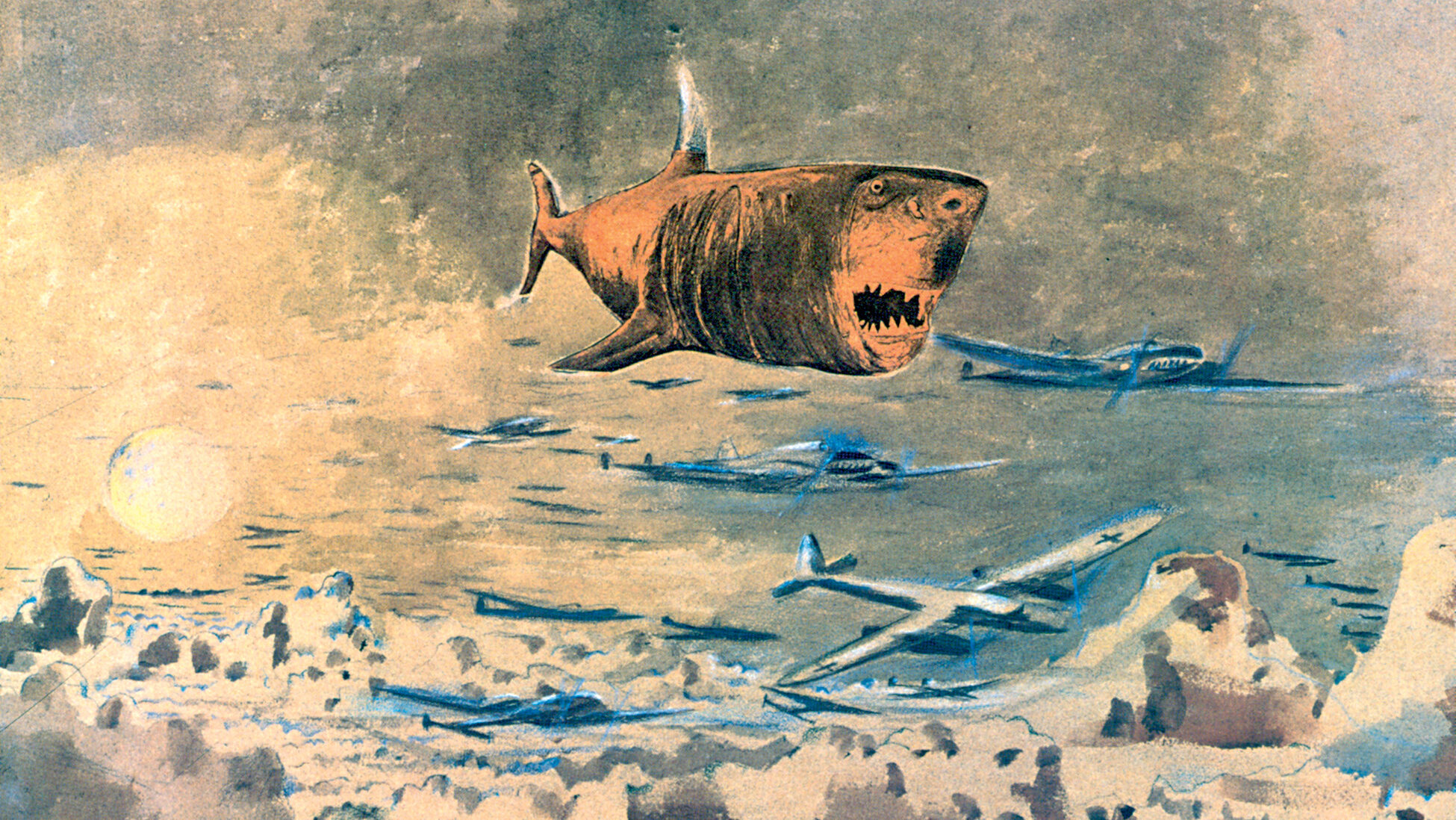
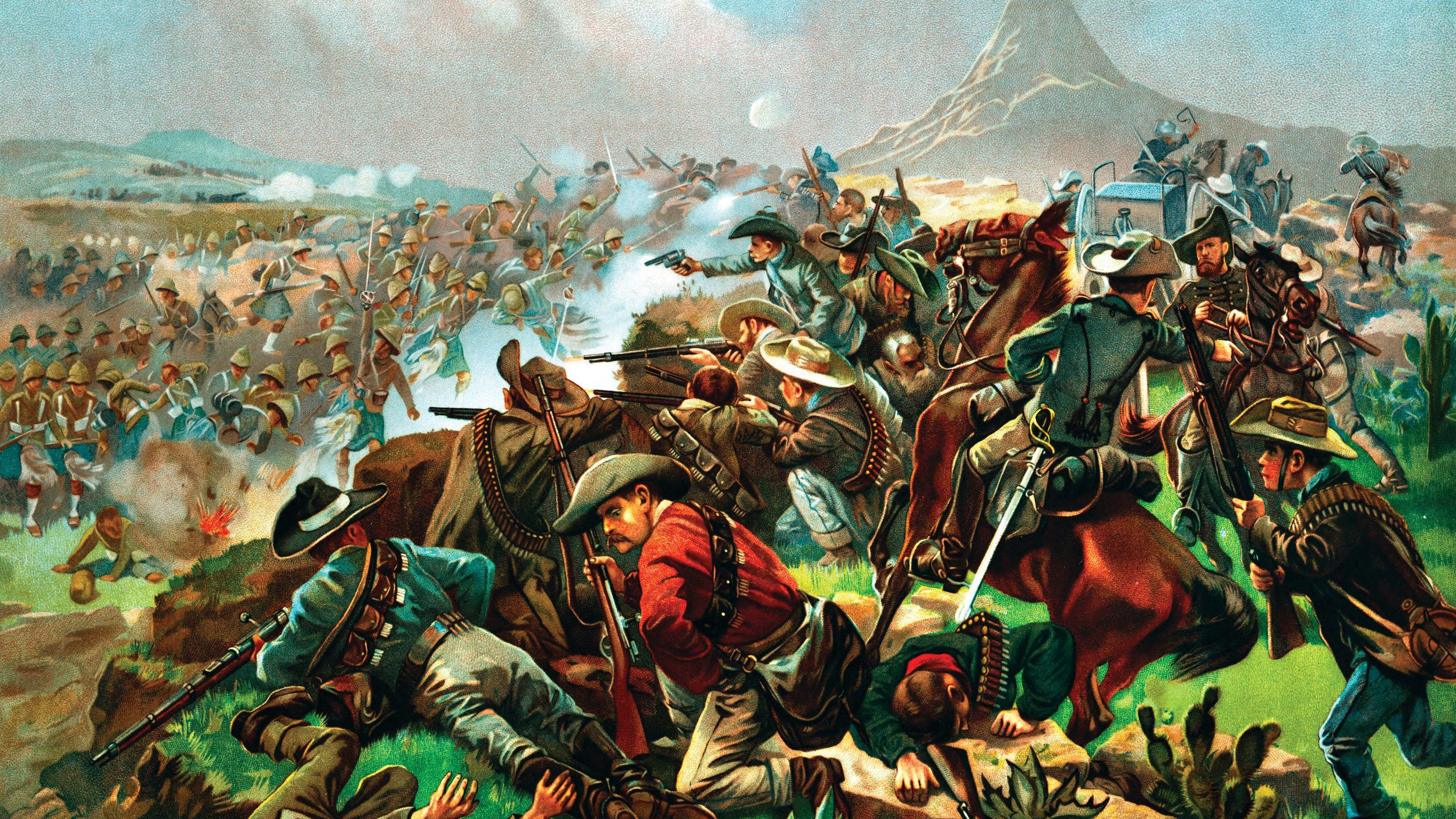
The article say that the Battle of the Bulge was an “Allied victory.” I am given to understand that battle was the only battle of World War II that pitted Americans against Germans.
Is this true?
This battle probably involved more Americans vs. Germans than most others, but I think it’s wrong to say it was only Americans. It was an Allied victory.
The author of this otherwise excellent article needs to be more precise with the WWII chronology. The article correctly states that North Africa was the first action in Europe, then goes on to say that was instead of attacking the Japanese in the Pacific – dead wrong. The landing is North Africa was in September 1942, long after we had attacked and, most historians agree, stopped the Japanese.
Let’s review.
December 1941, the Japanese attacked Hawaii and captured Wake island. April 1942 – James Doolittle’s raid, launched from US Navy carriers, bombed Tokyo, among other targets, seriously affecting Japanese morale. May 1942 – battle of the Coral Sea, a tactical draw, but a strategic victory, slowed the Japanese from their plans to invade Australia. June 1942 – Midway Island, the US Navy destroyed much of the Japanese Imperial Fleet and stopped any plans for further westward expansion. August 1942 – Guadalcanal, the six-month battle that put a complete stop to Japanese expansion south. From then on the Japanese were on the defensive. All before North Africa.